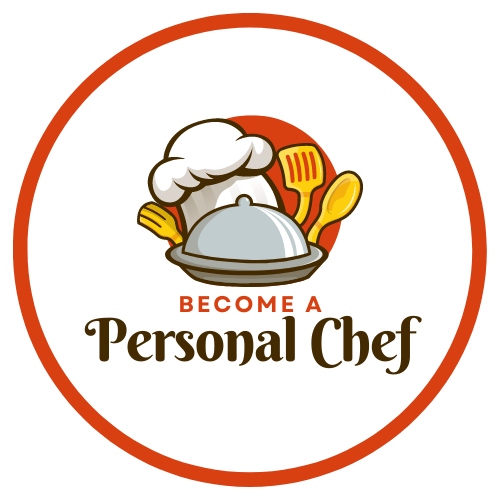Table of Contents
ToggleGood Cooking Class
Taking a cooking class is an exciting way to explore new flavors, learn essential kitchen skills, and broaden one’s culinary horizons. While there are many options available for aspiring cooks, it can be difficult to know which classes will provide the best experience.
Here are some key points to consider when choosing a good cooking class.
First, look for classes that are taught by experienced instructors who can provide helpful tips and personalize the lessons based on your individual interests and goals. If possible, ask to speak with the instructor prior to signing up for the class and make sure you feel comfortable with their teaching style. You may also want to research their background and credentials to ensure they have the necessary expertise.
Next, consider the class size. Smaller classes allow for more individual attention and hands-on participation, while larger classes may provide a livelier atmosphere with more group interaction. Think about your learning style and what environment would suit you best.
It’s also important to consider what type of cuisine or cooking style the class focuses on. Some classes may specialize in a particular type of cuisine, such as Italian or Asian, while others may cover a range of techniques and dishes. If you have a specific interest or dietary restriction, make sure the class will cater to your needs.
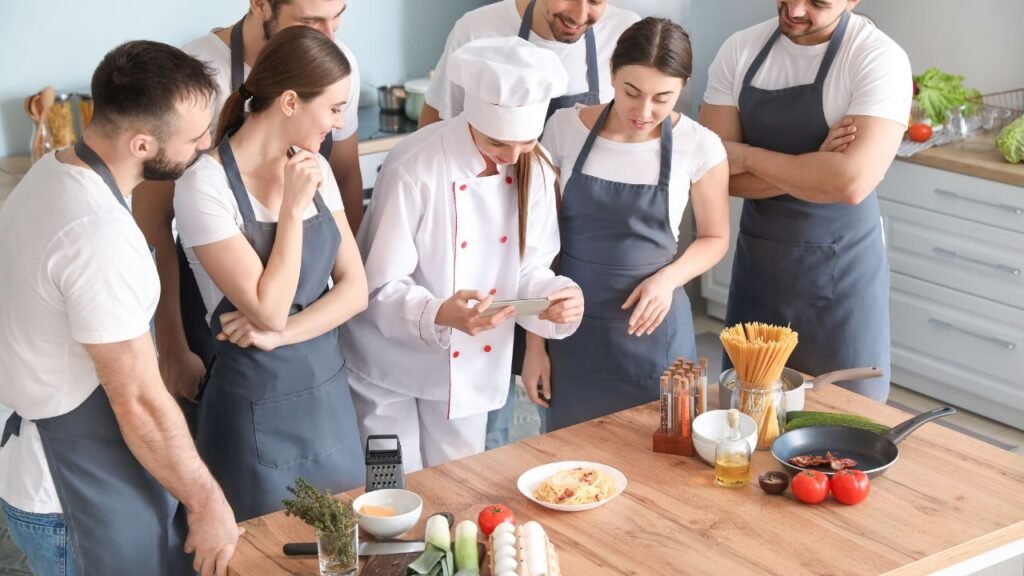
Here’s a list of
Good Cooking Class for Personal Chefs
Baking Basics for Beginners
This class covers the fundamental techniques of baking, including working with different types of flour, leavening agents, and the science behind creating the perfect bake. Impact: Enables you to offer a wider range of services, including baked goods for breakfasts, desserts, and special occasions.
Advanced Knife Skills
Sharpening your knife skills to efficiently prepare ingredients with precision. Impact: Enhances the quality and presentation of your dishes, reduces prep time, and improves kitchen safety.
Intensive Sushi Preparation
Focuses on the art of making sushi, including rice preparation, fish selection, and rolling techniques. Impact: Expands your menu offerings to include Japanese cuisine, appealing to a broader client base.
Aspiring personal chefs need to offer something different than traditional chefs who specialize in one or two kinds of cuisines. I’ve written an extensive article with links to many cuisines for your consideration – World Cuisine for Personal Chefs
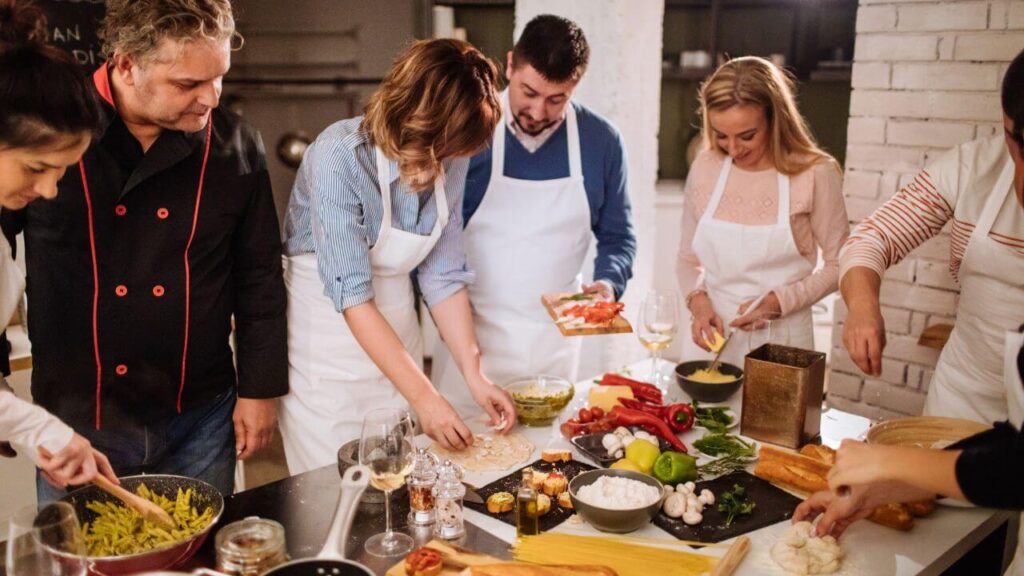
Mastering Sauce Making
Teaches the techniques for making classic and modern sauces, thickening agents, and emulsifications. Impact: Elevates your dishes with homemade sauces, setting your services apart from competitors.
Introduction to Charcuterie
Covers the basics of curing meats, making sausages, pâtés, and terrines. Impact: Allows you to offer artisanal charcuterie boards for events and gatherings, adding a sophisticated touch to your offerings.
Gourmet Grilling Techniques
Explores advanced grilling methods, including smoking, indirect grilling, and using marinades. Impact: Broadens your catering capabilities to outdoor events and BBQs, attracting clients interested in casual yet gourmet dining experiences.
Classic French Cuisine Cooking
Delves into the techniques and recipes of traditional French cooking. Impact: Adds a touch of elegance and sophistication to your menu, appealing to clients seeking upscale dining experiences.
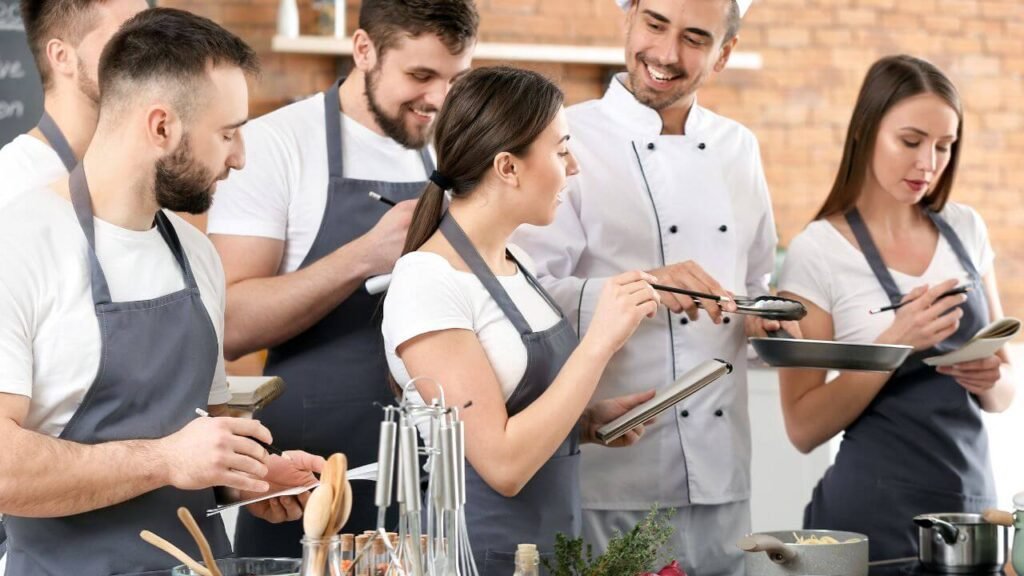
Healthy Eating Fundamentals
Focuses on nutrition, balanced meal planning, and healthy cooking techniques. Impact: Attracts health-conscious clients and those with dietary goals, broadening your market reach.
Sustainable Seafood Choices
Educates on selecting and preparing seafood sustainably. Impact: Demonstrates your commitment to environmental responsibility, appealing to eco-conscious clients.
Gluten-Free and Special Diet Preparing
Addresses the needs of clients with dietary restrictions, including gluten-free, paleo, and keto diets. Impact: Makes your services accessible to a wider audience, including those with specific health-related dietary requirements.
Artisan Breads 101
Teaches the basics of artisan bread making, including sourdough, whole grains, and fermentation. Impact: Allows you to offer freshly baked, artisanal bread, enhancing your clients’ dining experience.
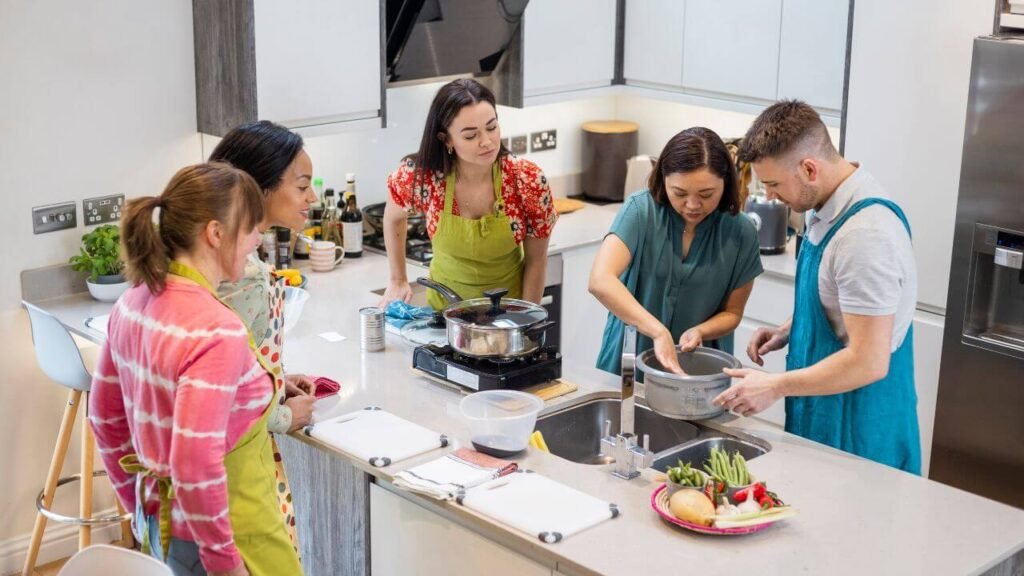
Mediterranean Meal Makeovers
Explores the vibrant flavors and healthy ingredients of Mediterranean cuisine. Impact: Offers clients a taste of the Mediterranean, known for its health benefits and delicious flavors.
Vegetarian and Vegan Cooking Course
Covers plant-based cooking techniques, ingredient substitutions, and balanced meal planning. Impact: Appeals to the growing market of vegetarians and vegans looking for gourmet dining options.
International Ethnic Cuisine Exploration
Introduces a variety of global cuisines, expanding your culinary knowledge and skills. Impact: Diversifies your menu offerings, catering to adventurous eaters and themed events.
Entertaining with Hors d’oeuvres
Focuses on creating small, elegant appetizers for cocktail parties and receptions. Impact: Enhances your ability to cater for formal events, offering a sophisticated array of bite-sized delights.

Curious about the blueprint for running a successful personal chef company? Dive right in! Click here to unlock an exciting journey where we unravel the fundamental steps and elaborate strategies that you need to conquer for a rewarding career as a personal chef. Don’t wait, your success story starts here!
Good Cooking Class
The curriculum is also an important factor to consider when selecting a cooking class. Make sure the course covers topics that align with your current skill level as well as what you wish to learn in the future. Classes should also provide real-world instruction and opportunities to put newly acquired knowledge into practice such as menu planning or food presentation techniques.
Additionally, look for classes that offer a wide variety of cuisines and cooking styles to expand your culinary horizons.
It’s also worth considering the instructor’s qualifications and experience. Look for classes taught by professional chefs or experienced home cooks who have a strong understanding of different cooking techniques and are able to effectively teach them to others. This will ensure that you receive valuable and accurate instruction.
Another important factor is the class size. Classes with smaller student-teacher ratios allow for more personalized attention and feedback from the instructor. On the other hand, larger classes may provide a more social atmosphere and opportunities to meet new people who share your passion for cooking.
When looking for cooking classes, it’s also helpful to read reviews from previous students. This will give you an idea of their experiences and whether the class met their expectations. You can also ask friends or family for recommendations on reputable cooking classes they have taken.
Lastly, don’t be afraid to step outside your comfort zone and try new cuisines or techniques. Cooking classes are a great way to expand your culinary skills and learn about different cultures through food.
Finally, don’t forget about basic logistics and setting considerations like accessibility of location and cost before committing to a class. Be sure to find out what ingredients will be used throughout the course so that you can adequately prepare ahead of time if needed. Taking all of these factors into account can help ensure that your cooking class experience will be both enjoyable and educational.
